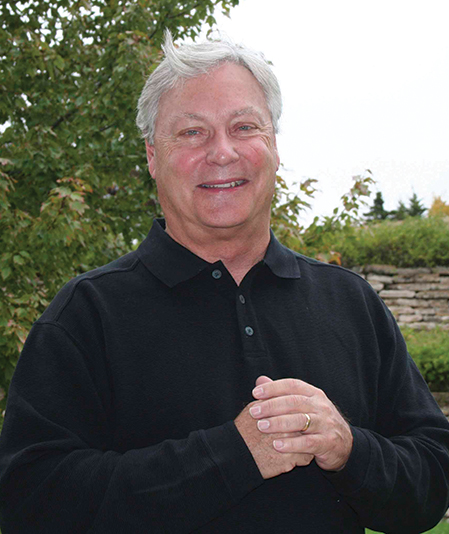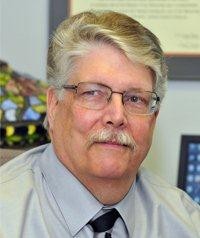The ideas behind Thanksgiving make it one of our most universal and important holidays. Living the spirit of Thanksgiving is good medicine for our bodies, souls, families and communities. Fortunately, an appreciative attitude doesn’t cost anything; it takes very little time; it’s always available; and while there are lots of side effects, every one of them is wonderful.
Author and counselor Melody Beattie puts it this way: “Gratitude unlocks the fullness of life. It turns what we have into enough, and more. It turns denial into acceptance, chaos to order, confusion to clarity. It can turn a meal into a feast, a house into a home, a stranger into a friend. Gratitude makes sense of our past, brings peace for today, and creates a vision for tomorrow.”
Chances are you’re pretty good already at practicing an attitude of gratitude. The following are a few simple and quick exercises that can further build up your muscles of appreciation while warming the hearts of those around you. Each of these activities can be done in five minutes or less.
· Write a very short, spontaneous note of appreciation to a loved one, public figure, or a person who provides service for you, such as your child’s teacher or the manager of your apartments. You can express your gratitude on a slip of paper and put it on a co-worker’s desk, or you might mail a card to a friend, or convey your thanks electronically via e-mail.
· Phone a family member you don’t see very often or call an old neighbor–locally or long-distance–and take a few minutes to say thanks or to share your admiration for a personal trait he or she possesses. Keep the conversation brief and upbeat, knowing that you have probably made that person’s day.
· Whether around home or at work, promise yourself that you’ll give out at least three genuine compliments before your day ends. The nice thing about compliments is that they tend to be contagious. There’s no telling how far what you start might spread!
· Either first thing in the morning or last thing at night, engage in a couple minutes of silent, personal thanksgiving. Focus on your many blessings, be they large or small.
Thanksgiving is the practice of choosing to think about our blessings. It doesn’t mean we bury our heads in the sand and deny negativity and problems. But it does mean that we choose to face our difficulties with courage, optimism, creativity, and faith.
Our thoughts are like mental magnets. Whatever we dwell upon, we tend to draw to us. As we apply this principle, it follows that one of the best gifts we can give to ourselves, our families, and our world is develop the habit of positive thinking.
As our skill in practicing the “gratitude attitude” grows, we begin to see more clearly what is good and beautiful in other people, in ourselves, and the world around us. The world becomes a much brighter and friendlier place, and all kinds of new possibilities begin to unfold. It is then that our appreciative attitude has taken root, and we can carry the spirit of Thanksgiving with us on a daily basis.
Linda K. Beech is Ellis County Extension Agent for Family and Consumer Sciences.




















